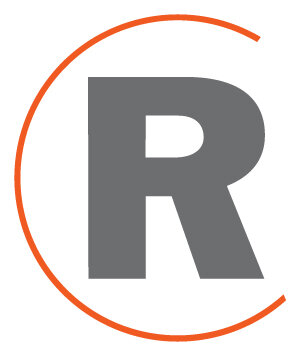The latest annual U.S. survey of substance use reports a number of worrying trends, including the growing use of marijuana and psychedelics among young people, as well as an increase in nicotine vaping and consumption of alcoholic drinks with high levels of THC, the psychoactive ingredient in cannabis. The survey notes that after a lull during the pandemic, more and more young people ages 19 to 30 are engaging in risky behavior with substances. For example, 43 percent of young people in this group used marijuana in the past 12 months, up from 34 percent in 2016, while daily consumption almost doubled to nearly 11 percent—a steep rise that parallels the ongoing legalization of recreational cannabis in states, which now number 19. Similarly, young people are dabbling in psychedelics, with 8 percent—a record high—saying they used such powerful drugs compared with 3 percent in 2011. This reflects increasing media coverage and social media chatter about the potential therapeutic values of hallucinogens such as psilocybin mushrooms and ecstasy, as well as moves by cities and states to legalize the consumption of psychedelics. At the same time, high levels of THC of up to 90 percent in vaping products have contributed to a spike in marijuana-related health problems, such as cannabis use disorder and a condition that causes recurrent vomiting. The findings are troubling, as the powerful marijuana industry continues to say that pot is relatively benign, while proponents of psychedelics downplay their potential for causing long-lasting harm. To protect consumers—especially young people—we need strong rules and regulations to govern the use of such drugs that are becoming mainstream without adequate safeguards and protections.
Street Address
City, State, Zip
Phone Number
Rosenthal Center for AddictIon Studies
